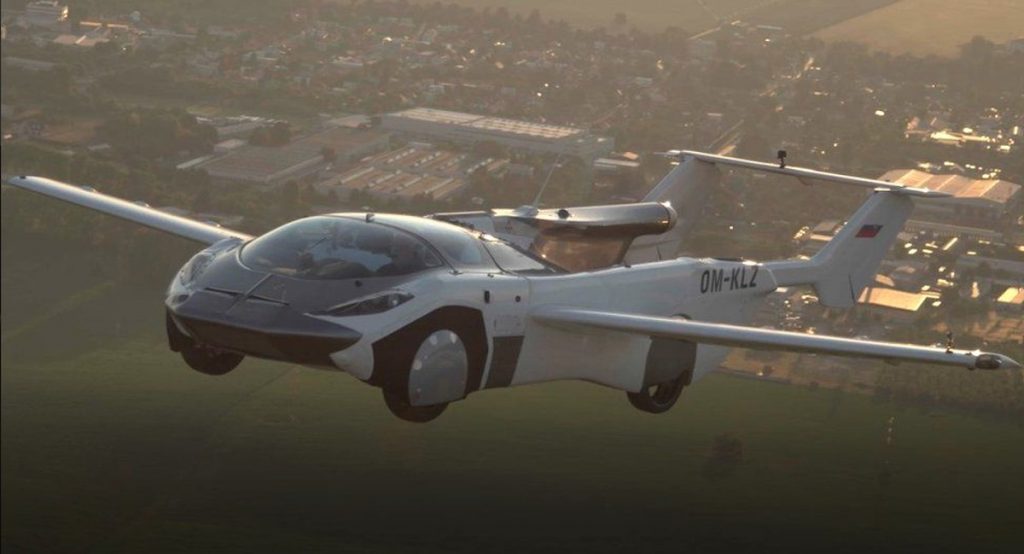
Introduction To This Article:
Flying cars have fascinated people for years, and with recent developments like Alef Automotive’s Model A receiving FAA certification, they may soon become a reality. However, in this article, we discuss the Advantages & Disadvantages of Flying Cars and the obstacles they face in becoming a part of our daily lives.
Advantages & Disadvantages of Flying Cars – Advantages:
-
Reduced Traffic Congestion:
Flying cars can help reduce traffic jams by adding another way to travel. Since they can fly above the roads, they can avoid traffic and make travel faster and more efficient.
-
Improved Travel Efficiency:
Flying cars can make travel much faster, especially for long distances. They can fly in a straight line and avoid obstacles like mountains or winding roads. This means they can take direct routes to destinations, skipping areas with heavy traffic. As a result, travel times can be significantly reduced.
-
Environmental Benefits:
By using electric-powered flying cars, we have a chance to greatly reduce carbon emissions. As renewable energy becomes more common, flying cars can help create a cleaner and greener future by reducing the environmental impact of transportation.
Advantages & Disadvantages of Flying Cars – Disadvantages:
-
Air Traffic Management:
Flying cars poses significant challenges in managing air traffic. It’s important to have systems and rules in place to make sure that the navigation of these vehicles is safe and efficient, especially as their numbers increase. This means developing advanced air traffic control systems and regulations that prevent accidents and keep things organized in the sky is needed.
-
Infrastructure Requirements:
To make flying cars a part of our cities, we need to create the right infrastructure. This means building landing areas, charging stations, and places for repairs. We also need to establish rules and regulations. However, setting up this infrastructure can be expensive and requires careful planning.
-
Noise and Safety Concerns:
Flying cars can create noise during takeoff and landing, impacting city residents’ quality of life. Moreover, effective noise management is crucial. Safety measures are vital for reliable and stable flying car technology.
-
Affordability and Accessibility:
Initially, flying cars may be too expensive for most people. To make them more affordable and available, we need ongoing technological advancements, larger-scale production to reduce costs, and supportive regulations.
Conclusion:
In conclusion, flying cars hold the promise of reducing traffic congestion, improving travel efficiency, and enhancing accessibility. However, challenges such as air traffic management, infrastructure requirements, noise concerns, and affordability need to be addressed for successful integration. However, with careful navigation of these obstacles, flying cars can revolutionize transportation, opening doors to a futuristic and interconnected system of transportation.
Learn More – Information Courtesy
